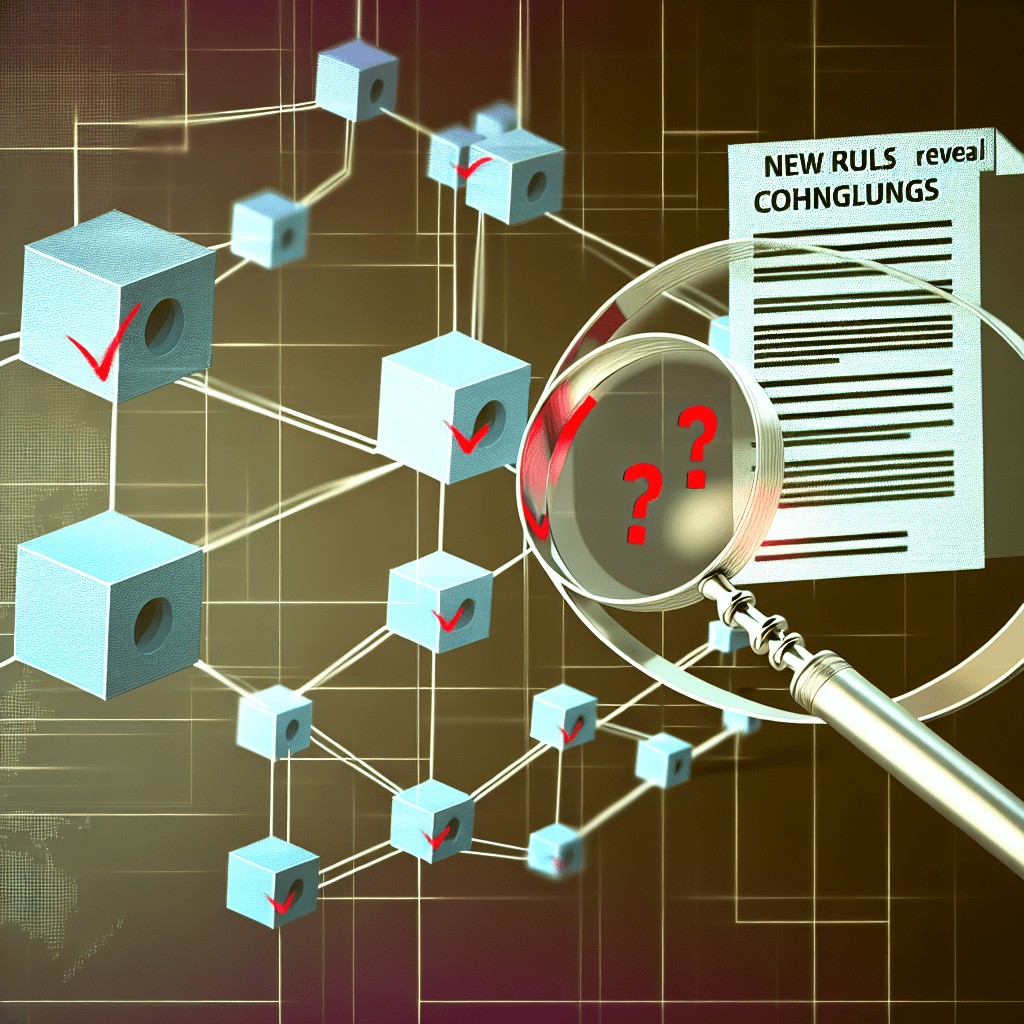
Opinion by: Eran Barak, CEO at Shielded Technologies
For over a decade, crypto in the US has navigated a legal gray area. Regulators have oscillated between inaction and abrupt enforcement, leaving developers, investors, and institutions uncertain.
In 2025, momentum shifted. The SEC dropped its case against Binance, signaling a desire for clearer regulations. The Senate introduced the GENIUS Act, laying down a federal framework for stablecoins. There’s a strong likelihood the CLARITY Act will be enacted.
The White House also changed its approach, reversing its stance against allowing crypto in retirement portfolios. An executive order now permits 401(k) investments in digital assets — indicating a shift in perception as Washington begins to view them as viable assets. Institutions are noticing.
While lawmakers may pave the way, institutions will hesitate unless the infrastructure evolves alongside, locking blockchain into retail-driven speculation.
Infrastructure with different purposes
Current financial regulations were established for a different era and are struggling to adapt. Blockchains were intended to enhance trust and resist censorship through radical transparency, yet this design now conflicts with modern expectations surrounding privacy and compliance.
This presents challenges for most blockchains to comply with governance frameworks shaped by political processes or to meet the specific legal demands of sectors like finance or healthcare.
The EU’s General Data Protection Regulation (GDPR) grants the right to be forgotten, yet data on blockchains cannot be altered after publication.
The US Health Insurance Portability and Accountability Act (HIPPA) mandates strict protections for health records, but hospitals cannot store patient data in systems where every access point is transparent. Financial institutions require selective disclosure — sharing information with some parties but not all.
Markets with full transaction transparency can be inefficient, as fund movements are tracked in real-time, and counterparties may trade against this information.
Many blockchains aren’t equipped for regulatory realities
For regulation to be effective, the systems it governs must be capable of compliance. This gap is the main challenge today.
The promise of Web3 is control, privacy, and ownership. However, the architecture often creates trade-offs: private yet incompatible with regulation, or open and transparent but lacking in compliance and user trust.
Related: Privacy will unlock blockchain’s business potential
This issue extends beyond transaction data. The metadata around each transaction — who accessed it, when, and under what conditions — can reveal just as much as the data itself. Most chains overlook this layer, exposing developers and institutions when trying to meet compliance and audit standards.
This needs to change if blockchain is to serve more than just early adopters and retail use cases. In traditional markets like Nasdaq and the NYSE, about 80% of trading is driven by institutions, while in crypto, it’s almost the opposite, with retail still dominating.
Without an adaptable infrastructure, new laws will only advance crypto to a certain extent. Institutions may appreciate the clarity, but they will not invest significantly until systems meet the operational, legal, and risk standards of regulated industries.
The way forward
Blockchain has demonstrated that programmable assets and global settlement can function effectively. The challenge now lies in scaling for institutional use. This requires infrastructure capable of reconciling blockchain’s transparency with needs for privacy, selective disclosure, and compliance — fulfilling the legal and operational standards of regulated industries.
A decade ago, early cloud platforms encountered similar challenges regarding security, auditability, and compliance. It took extensive engineering, standards-setting, and refinement before these systems could support the most risk-sensitive industries. Adoption followed, and blockchain stands at a similar juncture today.
Fortunately, emerging frameworks like zero-knowledge proofs, selective disclosure, and innovative tokenomic designs arm developers with tools for privacy and compliance without reverting to centralized authorities. These advancements are surfacing just as regulation is becoming serious.
If these two evolve in tandem, blockchain can transcend being merely a tool for speculation or niche applications.
It has the potential to become the trusted foundation for the next generation of financial and data infrastructure, propelling the global economy.
Opinion by: Eran Barak, CEO at Shielded Technologies.
This article is for general information only and should not be construed as legal or investment advice. The views expressed here are solely those of the author and do not necessarily reflect the opinions of Cointelegraph.

